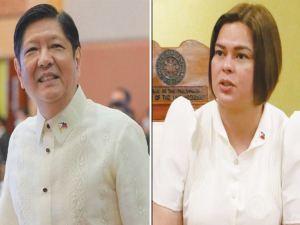Recovering from the previous day’s low close, the peso strengthened considerably against the dollar, closing at 50.53 yesterday.
The local currency touched an intraday low of 50.87 after opening at 50.75 before climbing to 50.53, The peso closed the previous day at 50.695 to $1.
Total volume traded at the Philippine Dealing System surged to $629 million from Monday’s $439 million.
ING Bank Manila senior economist Joey Cuyegkeng attributed the peso’s recovery to “some [dollar] supply entering the market coupled with some profit taking of market dealers.”
On the other hand, the higher-than-expected trade deficit caused the intraday’s weakness, according to the senior economist.
“But demand for (the dollar) is likely to remain on an uptrend in a largely domestically driven economy. The overall trend of moderate weakness remains intact,” Cuyegkeng added.
Meanwhile, Bangko Sentral ng Pilipinas Governor Nestor Espenilla Jr. said that a lot of factors affected the peso movement, including external ones.
“[V]olatility is there because of policy uncertainties, [there are] political tensions, there are trade issues. There are many things that reflect them so it’s very difficult to say,” said Espenilla at the sidelines of a BSP stakeholders’ event yesterday.
“It’s actually just reflecting market conditions and underlying fundamentals so we see nothing particularly unusual about it. It’s the nature of the exchange rate to fluctuate and as far as the BSP is concerned, we’re there, we’re managing, there’s no excessive volatility,” he added.
“There will be days when we are higher, there will be days when we are weaker. That’s the nature of these prices, so don’t look at it on a day-to-day basis. Don’t stress over it,” the central bank governor said.








